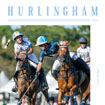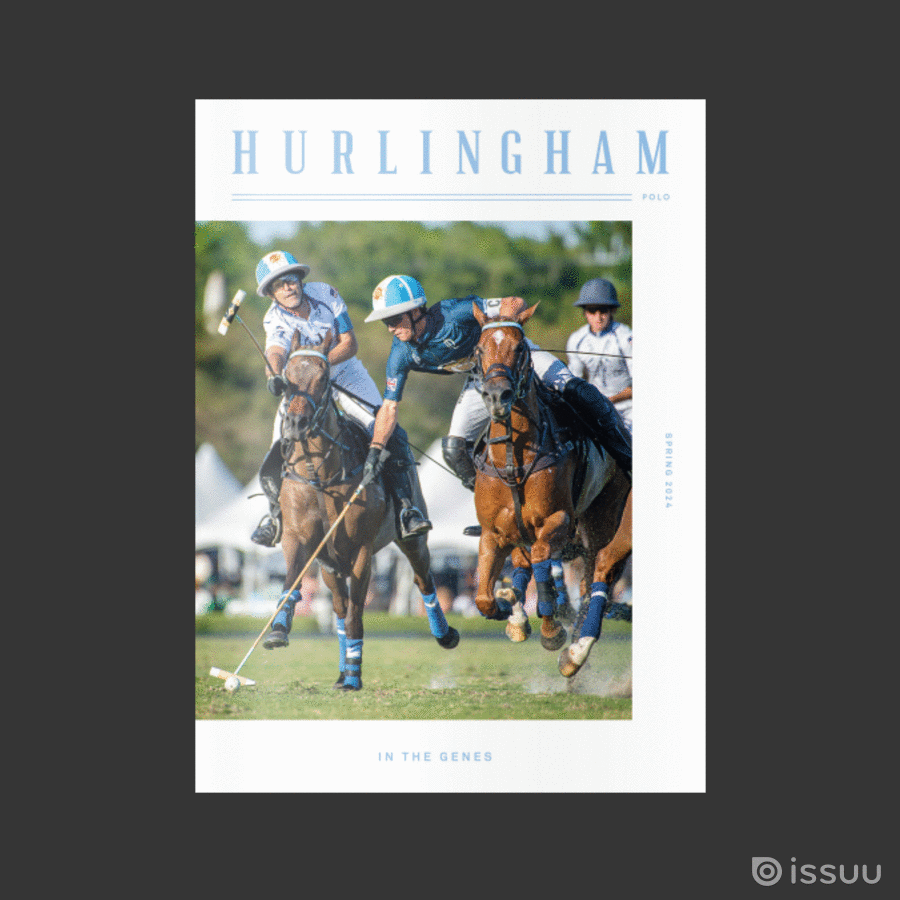From High Goal to Hollywood – the history of polo in the USA – Part 4
By Victoria Elsbury-Legg
Click here for part 3
In the USA of the 1930’s polo it seemed knew no boundaries, with film stars of the day such as Spencer Tracy and Leslie Howard regularly seen with sticks in hand, the oldest recorded team sport in history even became immortalised forever in cartoon form by Walt Disney in 1936, who was so taken with the game (both as a player and spectator) he deemed it fitting that Mickey Mouse should also have his own hand-drawn team.
During this period in US polo history another name which reigned supreme for twenty years was the darling of the American polo fans ten goal professional – Tommy Hitchcock Jr, (who also provided the inspiration for F. Scott Fitzgerald’s characters Tom Buchanan in The Great Gatsby, 1925 and Tommy Barban in Tender Is the Night, 1934). Born in 1900, he played in his first tournament at 13 and by age 22 he was a 10-goal player, firmly following in his father Tommy Hitchcock Sr. (who was also a 10 goaler in 1891 and one of the founders of the Meadowbrook Polo Club) footsteps. It was not however only Tommy and his father who guaranteed their place in US polo history, Mrs Thomas Hitchcock Sr. trained many young players and future stars and was instrumental in encouraging female players – which ultimately lead to the U.S. Women’s Polo Association being formed. Alongside this, the numbers of clubs and players was increasing helped by a growth in college and indoor polo which further encourage participation in a sport that seemed almost unstoppable in the years between the wars.
From its very ancient beginnings the military has played a key role in the sport of polo, in America the US military proved no exception, joining the USPA in 1902 by the 30’s there were significantly greater numbers of military players (1500) than civilians. Breeding programmes to supply the military with ponies and the start of the National Intercollegiate Polo Association, with two of the six colleges involved being top military schools – West Point and Pennsylvania Military Academy – player numbers continued to increase.
Despite its intrinsic military roots and the training in horsemanship polo was to provide to so many young men, the military was also to be its downfall, with the mechanisation of warfare and the start of another world war the horse was no longer the chosen power of the cavalry. Sadly, it was also in the service of the military during World War II that American polo was to lose its much loved on- pitch ten goal star Tommy Hitchcock. Aged 44, he had been stationed in England as the Assistant Air Attaché to the US Embassy in London and volunteered as a test pilot, tragically he lost his life in a plane crash testing engines over Salisbury Plain in 1944.
Click here for part 5


